By Colin Neve
Stem-Cells were first mentioned by Ernst Haeckel in 1868 to describe how the fertilised egg forms into an organism. When Stem-Cells divide they make one new stem cell and a second cell which may be a stem cell or, more often, a non-dividing cell (sometimes called terminally differentiated) which performs a function like a skin cell or liver cell.
After sixty or more years, advanced Stem-Cell research has shown encouraging results that could help treat a variety of conditions that can, and do, affect the lives of millions of human beings. This new field of bio-engineered medical treatment could also help replace the need for donor transplanted organs, therefore helping to avoid some of the risky procedures when using major surgery. Stem-Cells are the building blocks that shape into the specialised organs that exist in the human body and act as the fixer when they get damaged or diseased and need fixing. These natural biological agents could be the greatest breakthrough in medical science that will have a profound impact on human health in the future.
What are stem-cells
Stem-Cells at the embryo stage of development develop all the organs and appendages that are required for a fully functioning human or animal. This includes heart, lungs, skin, bone, blood and all the other cell types that are needed to form each separate component including the brain.
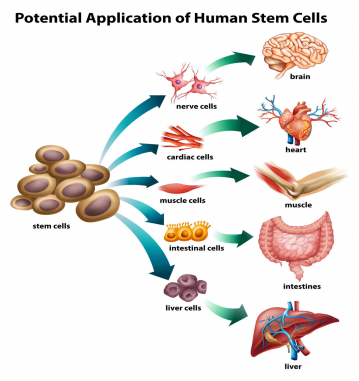 Figure 1 (Credit: info-on-high-blood-pressure.com)
Figure 1 (Credit: info-on-high-blood-pressure.com)
Stem-Cells are also the repair tools that fix damaged organs and appendages as long as the human or animal is alive, and are absolutely essential for our existence. Scientific research has shown that differentiated cells can be taken from the body, reprogrammed (converted) back to be Stem-Cells (called Induced Pluripotent Stem-Cells or IPS) and grown in the laboratory, then injected back into the body’s damaged organs to help repair the damage. This process is illustrated in the following diagram that illustrates the steps required in growing converted fat cells into Stem-Cells that can be used in healing the damaged body parts. This picture shows some of the work done by the University of New South Wales – Australia, who are at the forefront of Stem-Cell research and making important breakthroughs that could help change everything.
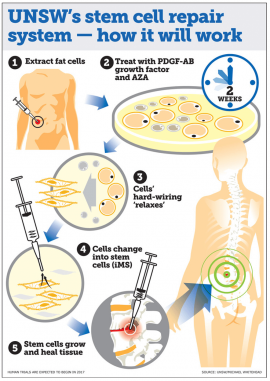 Figure 2 (Credit: pharmaceuticalintelligence.com)
Figure 2 (Credit: pharmaceuticalintelligence.com)
Possible use of stem-cell therapy
Figure 3 illustrates the potential use of Stem-Cell therapy covering many major areas of the human body, that may eventually become the full-body-repair-kit that can be used in personalised bio-engineered medical treatment for each patient. Each patient provides their own Stem-Cells taken from the body and therefore reduces the chance of being rejected by their immune-system, compared with an organ transplanted from a donor (which does not contain the same compatible cells as their own body cells).
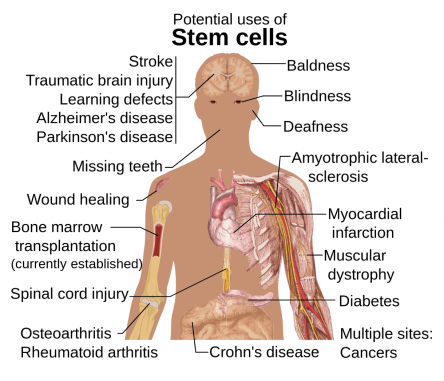 Figure 3 (Credit: inmyelementscienceblog.wordpress.com)
Figure 3 (Credit: inmyelementscienceblog.wordpress.com)
Stem-Cells are cells that have not become specialised as in becoming an ear or heart; they are non-programmed and able to replicate themselves. Therefore Stem-Cells can be programmed to become a healthy replacement to diseased or damaged tissue and organs where matched donor replacements are in short supply for transplant. The patient becomes the donor for their own organ or tissue replacement and therefore the surgeons do not have to wait for a matching donor to be found which could take months or years.
With more advanced research and experiments the scientists will eventually discover new ways of treating diseased and damaged human body parts using Stem-Cell treatment that is not complicated by ethical or religious reasons.
Three types of stem-cells
These three types are embryonic stem-cells, adult stem-cells, and the induced pluripotent stem-cells as illustrated in the following diagram. Where each having their own advantage and disadvantages that could change the research methods used that can affect how human trials will be conducted that includes legal and ethical issues.
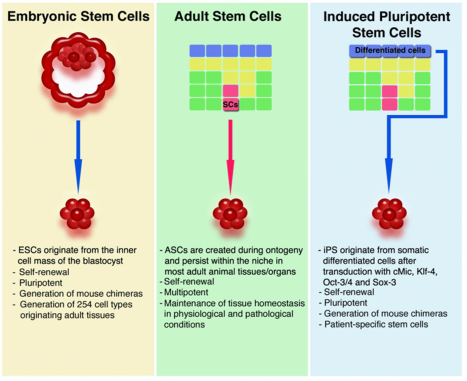 Figure 4 (Credit: personal.psu.edu)
Figure 4 (Credit: personal.psu.edu)
Biological 3D printer technology
The 3D printer was invented in the 1980s to create objects using three-dimensional printing to build computer programmed structures, and eventually these 3D printers have been adapted to create things like a biological ear or heart using organic materials that include the body’s own cells. This is illustrated in the following picture showing its3D printed usable Bionic Ear with built-in electronics that could replace a badly damaged human ear. These 3D printers use bio-ink as hydro-gels made of water and human cells that will act as a template for printing the programmed object required, such as an eyeball or a replaceable leg bone, and many other potential replacement parts that have been damaged or diseased.
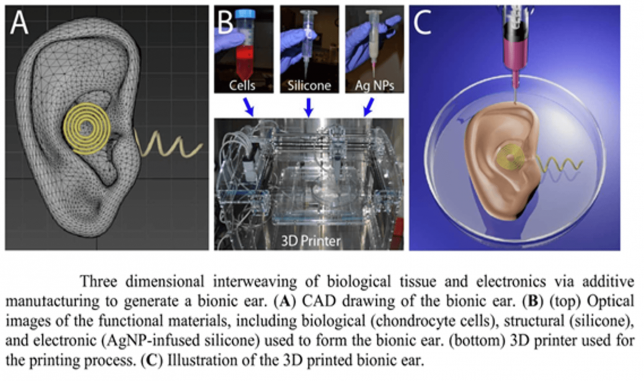 Figure-5 (Credit: math.harvard.edu – 3D Printed Ear)
Figure-5 (Credit: math.harvard.edu – 3D Printed Ear)
Conclusion
In the next ten to twenty years of research and Stem-Cell trials with its potential rewards in health care for future human generations, could take a dramatic turn to solving many of the physical ills that the young and old will suffer in their lifetime. With the billions of dollars spent each year on treating these medical problems, where the use of Stem-Cell research and treatment could save billions of dollars by using a person’s own Stem-Cells to build new replacement parts and mending damaged organs. It therefore avoids the need for lifetime of expensive drug treatments and a life of suffering. The hope is that this new Stem-Cell research will be the universal remedy to change how doctors and surgeons will help the lives of their patients in the future.
Author
Colin Neve MIScT is a Professional Life Member of BCS – the Chartered Institute for Information Technology and a Member of the Chartered Institute of Physics. He has studied astrophysics at Liverpool John Moores University Astrophysics Research Institute, and at the University of Central Lancashire studying towards a BSc (Hons) degree in astronomy, and also studied astrobiology and forensic Science. Colin has interests in medical research and completed courses in allergies and immunology with Imperial College London and Harvard Medical School, also studied with other universities in the UK and USA.
References
- The Harvard Stem Cell Institute (USA, 2019) at https://hsci.harvard.edu/
- National Institute of Health (USA, 2019) article “Stem Cell Information” at https//stemcells.nih.gov/info/basics/1.htm
- National Academy of Sciences article “Understanding Stem Cells” PDF BOOKLET at dels.nas.edu/resources/static-assets/materials-based-on-reports/booklets/Understanding_
- Stem_Cells.pdfreports/booklets/Understanding_Stem_Cells.pdf
- Physics World Journal article (03 Jan 2018) “Bioink enables 3D printing of stem cells” by Geoffrey Potjewyd, at https://physicsworld.com/a/bioink-enables-3d-printing-of-stem-cells/
